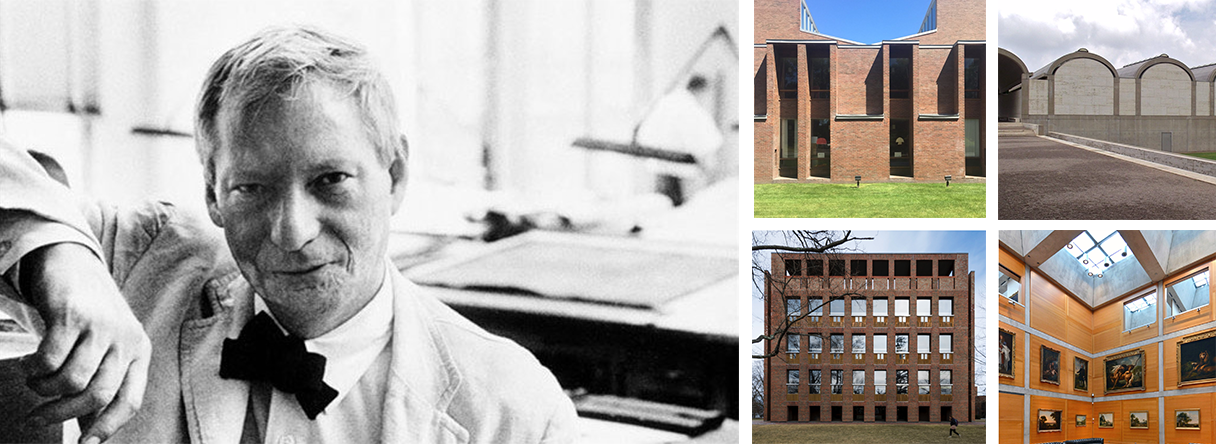Peter Zumthor, the chapel at Sumvtig, Part 1. Whether you are a student or an architect, you will remember visiting a famous architectural work for the first time. Confronting one’s ‘academic’ knowledge with an in-situ (often through sketching) experience often results in moments of epiphany followed by long lasting memories. Architecture has a tremendous physical power in orchestrating the five senses, eliciting different emotions, and often leaving us speechless in front of the grandeur of a masterpiece.
Continue reading Peter Zumthor, the chapel at Sumvtig, Part 1Category Archives: Architectural Education
Herzog et de Meuron Tavole House

Herzog et de Meuron Tavole House. Within the plethora of contemporary domestic houses, I continually return to study the Tavole House (Stone House) designed by Swiss architects and 2001 Pritzker Prize Laureates Jacques Herzog (1950-) and Pierre de Meuron (1950-)—the first Pritzker Prize given simultaneously to two architects.
Continue reading Herzog et de Meuron Tavole HouseCultural appreciation versus appropriation —borrowing, copying, and being influenced

Cultural appreciation versus appropriation —borrowing, copying, and being influenced. I believe that there is no architecture without a careful understanding of precedent. Being Swiss, I was early-on made aware that one of the country’s strengths was that the concept of originality lays in the practice of reinventing rather than inventing new ideas.
Continue reading Cultural appreciation versus appropriation —borrowing, copying, and being influencedQuestion of section, Part 1

Question of section, Part 1. Swiss born architect Le Corbusier (1887-1965) wrote in his book Vers Une Architecture (Towards A New Architecture, 1929) in the chapter titled Three reminders to architects [mass, surface, and plan], that:
Continue reading Question of section, Part 1The nature of being: Shaker architecture

The nature of being: Shaker architecture. Shaker Village at Pleasant Hill is located near Harrodsburg, Kentucky, and remains on a list of my fondest places in America. Prior to moving from New York City to Kentucky, I remember a phone interview with the architecture dean at that time.
Continue reading The nature of being: Shaker architectureA question of preservation

A question of preservation. Today there is a call to order in how architecture defines the environment, and more than ever, there is a need to practice principles of adaptive reuse, rehabilitation, renovation, and restoration, and within this the subcategories of repurposing, refurbishing, and retrofitting. If there is to be a true and honest commitment surrounding issues of preservation (also termed heritage preservation or heritage conservation), it must resonate strongly among professionals of all disciplines who are engaged in enhancing and protecting our environment.
Continue reading A question of preservationHow to think spatially
 How to think spatially. I remember as a first-year student during my studies at the Ecole Polytechnique Féderale de Lausanne (EPFL), having a number of questions that kept me awake countless nights, leaving me often without tangible answers.
How to think spatially. I remember as a first-year student during my studies at the Ecole Polytechnique Féderale de Lausanne (EPFL), having a number of questions that kept me awake countless nights, leaving me often without tangible answers.
John Hejduk and Cooper Union

John Hejduk and Cooper Union. Ask any architect, faculty member, student, or layperson to define architecture, and you will get countless individual responses. I am always astonished by the diversity of the answers, in particular with laypeople who have strong impressions often based on personal memories and stories about family members who are architects. However diverse all these conversations are, I have come to appreciate each of the answers. Collectively, they renew my love of architecture.
Continue reading John Hejduk and Cooper UnionModel Sketching, Part 1

Model Sketching, Part 1. In a digital world, sketching as a process of iteration is too often relegated to the past. Coordinating the mind, hand and pencil was once an activity essential to the education of an architect and remained important in order to represent ideas rapidly and concisely. I teach in an architecture school where we still impart these skills because we collectively believe in the act of sketching as a foundation prior to introducing students to the many 3D Modeling Software programs.
Continue reading Model Sketching, Part 1Kahn’s poetry between wall and column

Kahn’s poetry between wall and column. As a young architecture student, I remember being awestruck the first time a faculty member introduced me to Kahn’s question: “You say to a brick, ‘What do you want, brick?’ And brick says to you, ‘I like an arch.’ And you say to brick, ‘Look, I want one, too, but arches are expensive and I can use a concrete lintel.’ And then you say: ‘What do you think of that, brick?’ Brick says: ‘I like an arch.’”
Continue reading Kahn’s poetry between wall and column